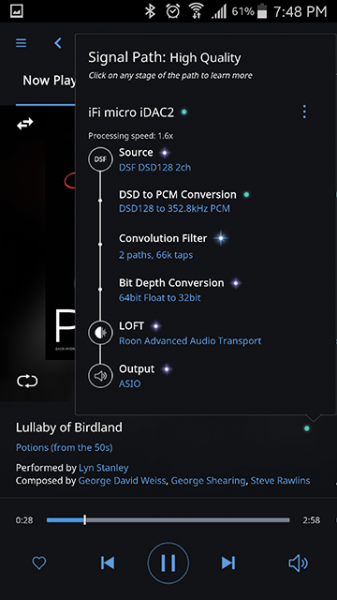Iv'e used both .. I prefer Dirac in respect of sound quality , specifically for the bass .. with my Acourate DRC setup , I could not limit the correction , it had to be full range , whereas with my DIRAC setup , I dont have to do full range correction
In dirac you dont have to use all 9 measurement points, you can do a single point measurement. all it does is make the sweet spot a bit narrower .. multipoint tends to give a more expansive soundstage at a slight expense of imaging . you can have your cake and eat it..you can have 4 different configurations so can do one with single , another with multiple ...etc
Here is a review of dirac which goes into a bit of detail of single vs multipoint measurement results
http://www.hometheatershack.com/for...6-room-correction-audio-processor-review.html
In dirac you dont have to use all 9 measurement points, you can do a single point measurement. all it does is make the sweet spot a bit narrower .. multipoint tends to give a more expansive soundstage at a slight expense of imaging . you can have your cake and eat it..you can have 4 different configurations so can do one with single , another with multiple ...etc
Here is a review of dirac which goes into a bit of detail of single vs multipoint measurement results
http://www.hometheatershack.com/for...6-room-correction-audio-processor-review.html


